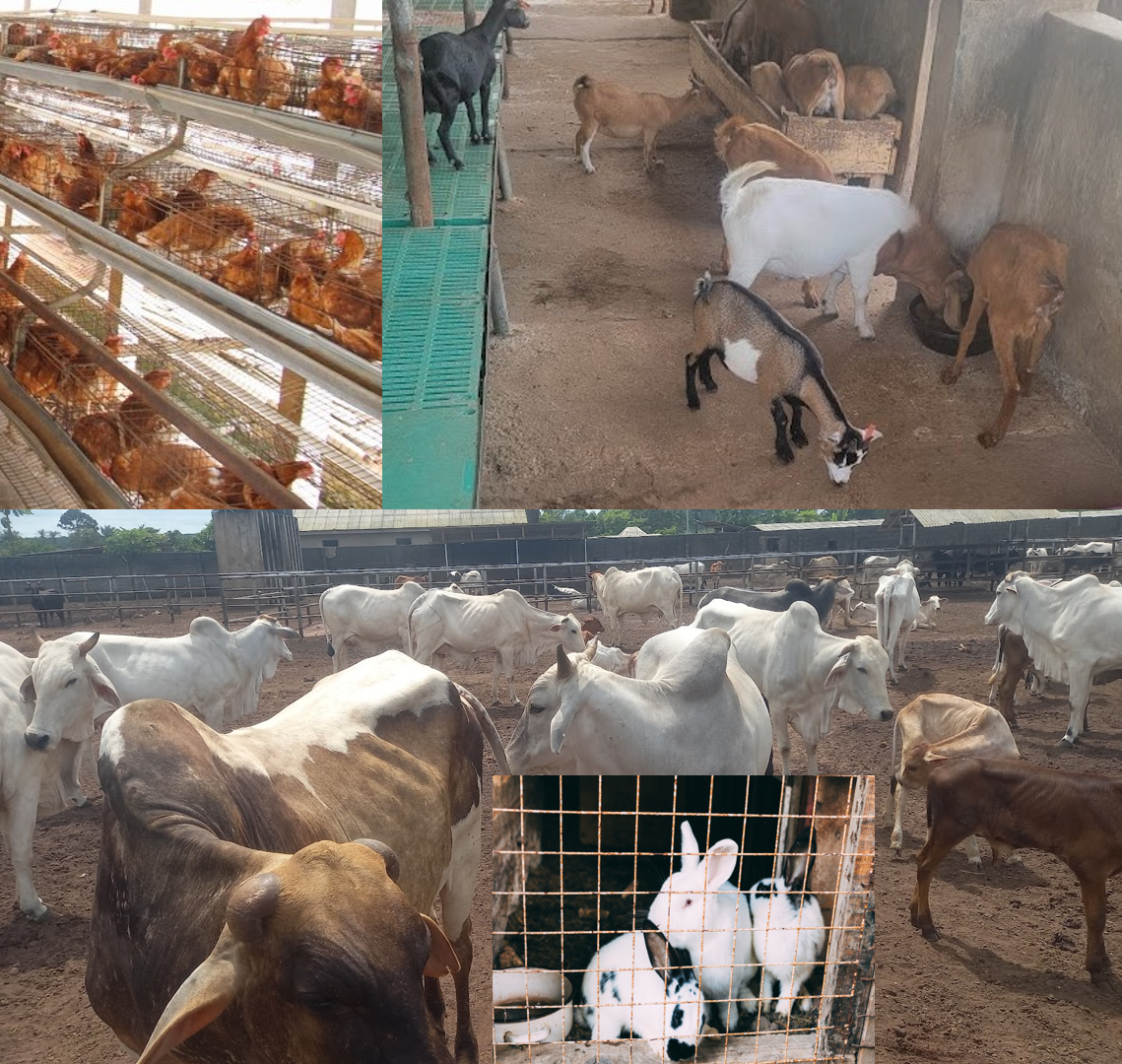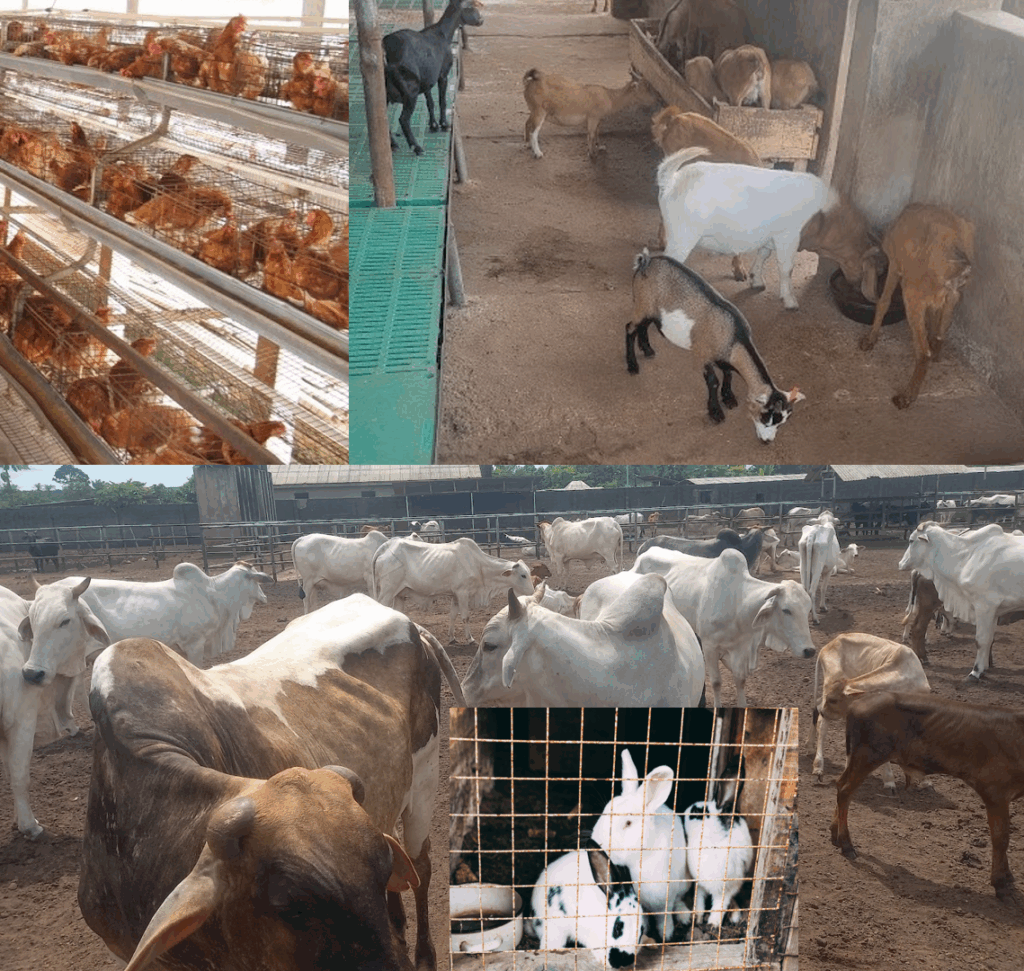
Introduction
As the demand for animal protein continues to rise, sustainable livestock farming becomes ever more critical. Innovative breeding techniques are at the forefront of this transformation, offering solutions that enhance productivity, improve animal health, and reduce environmental impact. This article explores some of the most promising breeding innovations that are revolutionizing livestock farming in Nigeria and across Africa, ensuring a sustainable and profitable future.
1. Selective Breeding for Disease Resistance
Innovative Approach: Breeding livestock selectively for enhanced disease resistance.
Example: In Kenya, researchers at the International Livestock Research Institute (ILRI) have been working on breeding African cattle that are resistant to East Coast fever, a disease that causes significant livestock losses. By selecting and breeding cattle with natural resistance to this disease, farmers can reduce reliance on veterinary drugs and improve herd survival rates.
2. Crossbreeding for Improved Traits
Innovative Approach: Utilizing crossbreeding techniques to combine desirable traits from different breeds.
Example: Nigerian farmers are increasingly adopting crossbreeding programs to enhance milk production and meat quality. For instance, crossing local N’Dama cattle, known for their trypanosomiasis resistance, with high-yielding Friesian cattle has resulted in offspring that are both disease-resistant and highly productive. This strategy boosts farm profitability and sustainability.
3. Genomic Selection
Innovative Approach: Applying genomic selection to accelerate genetic improvement in livestock.
Example: In South Africa, genomic selection is being used in the dairy industry to identify and propagate superior genetic traits more efficiently. By analyzing DNA markers, farmers can select animals with the best genetic potential for traits like milk yield, fat content, and disease resistance. This method speeds up the breeding process and enhances the overall quality of the herd.
4. Artificial Insemination (AI) and Embryo Transfer (ET)
Innovative Approach: Using AI and ET technologies to disseminate superior genetics rapidly.
Example: In Uganda, the adoption of artificial insemination and embryo transfer has revolutionized goat farming. The Ugandan Ministry of Agriculture supports AI programs that allow farmers to access high-quality genetics from international breeds. This practice has led to significant improvements in growth rates, milk production, and overall herd health.
5. Indigenous Breeds Conservation
Innovative Approach: Conserving and improving indigenous breeds to maintain biodiversity and resilience.
Example: In Tanzania, the Mpwapwa cattle breed, an indigenous breed known for its adaptability to harsh environments, is being conserved and improved through selective breeding programs. These cattle are more resilient to local climate conditions and diseases, making them a sustainable choice for farmers in arid regions.
6. Use of Biotechnology
Innovative Approach: Employing biotechnology to enhance livestock breeding programs.
Example: In Egypt, biotechnology is being utilized to develop genetically modified chickens that are resistant to avian flu. This innovation not only protects poultry populations from devastating outbreaks but also ensures a stable supply of poultry products. The use of biotechnology in livestock breeding offers significant benefits such as improved disease resistance and increased productivity, but it also comes with various risk factors. Ethical concerns include potential animal welfare issues and the disruption of natural genetic order.
Environmental risks involve biodiversity loss and unintended gene flow. Human health concerns focus on the long-term safety of consuming genetically modified products and the spread of antibiotic-resistant bacteria. Socio-economic issues highlight potential market monopolies and challenges for smallholder farmers, especially in regions like Africa. Regulatory challenges and unintended consequences require thorough oversight, while public perception and acceptance are influenced by mistrust, misinformation, and cultural beliefs. Balancing these risks necessitates rigorous research, transparent regulation, and public engagement to ensure safe and sustainable biotechnology use in livestock breeding.
Conclusion
Innovations in breeding are pivotal to the future of sustainable livestock farming in Africa. By embracing selective breeding for disease resistance, crossbreeding for improved traits, genomic selection, artificial insemination, embryo transfer, conservation of indigenous breeds, and biotechnology, farmers can achieve higher productivity, improved animal health, and reduced environmental impact. These cutting-edge breeding techniques are not only transforming livestock farming practices but also contributing to the broader goals of food security and economic development in Nigeria and across Africa. Investing in these innovative breeding strategies will ensure a more sustainable and prosperous future for livestock farmers and their communities.


